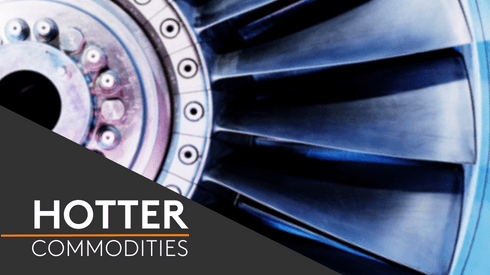Aln Rao, CEO of India’s Exigo Recycling and director of the Material Recycling Association of India (MRAI) predicted the boom in recycled materials this week.
Given India’s lack of domestic deposits for key energy transition metals such as cobalt and lithium, recycling batteries already located in India will play a larger role in providing feedstock for battery producers in the country for industries such as electric vehicles (EVs), panelists said at the International Indian Material Recycling Conference organized by the MRAI and held February 2-4 in Kochi.
“In the next two to three years in India, we will be able to see many recyclers who are able to offer battery-grade materials to the cell manufacturer companies themselves,” Rao said at the event on February 2.
To achieve this, Indian authorities must look at developing the necessary technology to domestically recover more of the crucial metals from black mass, be it via pyrometallurgic or hydrometallurgic processes, Rao said.
“About 20,000 tonnes of lithium cobalt oxide (LCO) batteries and nickel, manganese and cobalt (NMC) batteries from the consumer electronics sector are put into the [Indian] market every year,” Rao said.
“For those chemistries where the cobalt content is high, there’s a high demand out there, and based on the global commodity prices, people [in India] try to get into mechanical shredding, make it into black mass and try to sell it to traders who are exporting it mostly,” he added.
Most of this black mass produced in India is currently being shipped to either China or South Korea, where buyers are looking for material with cobalt content of around 30%, attendees on the sidelines of the event told Fastmarkets.
Most Indian recyclers are exporting their black mass, fellow panelist, Navin Sharma, executive director of recycler and lead producer Gravita India, said. And although a handful of companies are able to convert the material into lithium carbonate or cobalt sulfate, this is not yet on a “commercial” scale.
“The challenge is the availability of battery raw materials,” Sharma said. “First we [need to] generate more batteries. So, by 2026 there will be a reasonable generation wherein the volumes [collected] will justify commercial production of [recycled BRMs].”
Suguru Inoue, deputy section manager at Japanese battery recycler Eco System Japan, said he was open to exploring joint ventures with Indian companies that wished to boost their processing volumes of battery recycling. But, he said, despite the huge increases in EV battery recycling that will take place in the future, the cost and safety of shipping end-of-life batteries remain the biggest hurdles in the trade.
India’s EV market set to boom
With demand for EVs in India set to skyrocket, India’s government launched a production-linked incentive scheme for companies making advanced chemistry cells in the country back in 2021.
Chennai-based Munoth Industries responded to the support by becoming India’s first-ever lithium-ion cell manufacturer last year after a pre-production run in September 2022. It has an installed capacity of 250 megawatts, which will translate into about seven million 10-amp-hour (AH) lithium batteries for power banks, the firm said. And it will seek to raise its capacity five fold over the next three years.
Rival firms, such as lead-acid specialists Amara Raja Batteries, are also entering the space in the coming years with plans to produce EV batteries.
India’s EV market is forecast to reach 10 million annual sales by 2030, growing at a compound annual growth rate (CAGR) of 49% between 2022 and 2030, according to India’s government-run Strategic Investment Research Unit (SIRU). But EV producers in the country currently have to import their batteries.
The number of EVs on Indian roads will jump by 45-50 million units over that period from a current total of around 14 million, according to SIRU forecasts.
Together with developing its battery recycling industry, India has also been exploring other methods to secure lithium supply for its EV sector.
One solution floated has been the acquisition of lithium mines abroad, with Indian media outlets reporting in January that the government has identified two lithium mines in Argentina which it may soon acquire or lease. India also found its first ever local lithium reserves, worth 1,600 tonnes, in the state of Karnataka in 2021.
Visit our dedicated battery materials page to discover more insights on the factors at play in the industry in 2023 and beyond.






